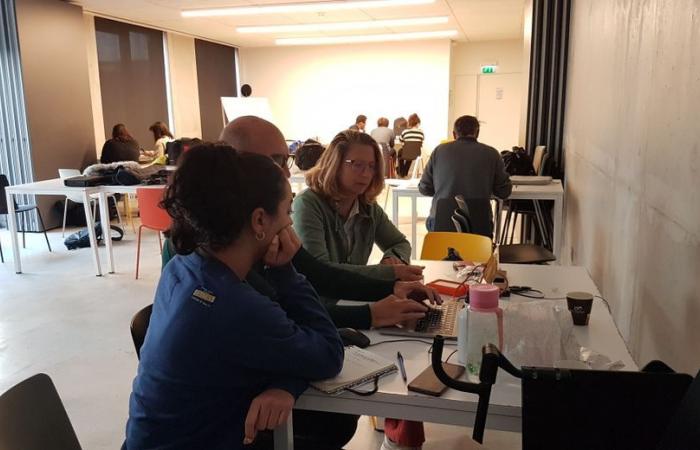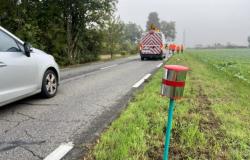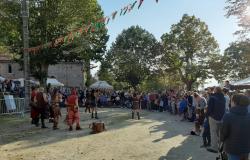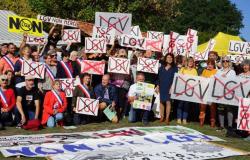the essential
Six students spent the week in and around Cahors to practice making ethnological documentary films. Their subject: Cahors mundi or rather the traces left by this utopia.
The Cadurcians saw them in front of Le Jardin de Suzan this Tuesday, October 8, and came across them in the market the next day. With their camera and their microphone, Salomé and Zoé did not go unnoticed.
DDM – F.R.
Getting started with ethnographic documentary
Like four of their classmates, these students spent a week in and around Cahors for an educational project. All are in the second year of a master’s degree in ethnological expertise in intangible heritage* at Toulouse Jean-Jaurès University. The goal: to introduce them to ethnographic documentary film. And more particularly to sensory films: few explanations, lots of filmed gestures.
This is the fifth edition of this project. Previous students have worked on the heritage of Quercy. “Truffle, dry stone, lavender…” lists Nicolas Adell, professor of anthropology in Toulouse. This year, the subject was more abstract: Cahors mundi or rather what remains, in the memories, the landscape, the people, of this utopia of a non-violent world without borders. An Armenian restaurateur, a historian, Lotois living along the borderless road, between Cahors and Saint-Cirq-Lapopie… the group wanted to see “the way in which everyone took up the subject”.
An intense week
And because filming has to be learned, the technical part was provided by La Fabrique des scriptures ethnographiques in Marseille. However, the head of this Factory, research director at the CNRS, is none other than Cadurcien Boris Pétric.
Back to the project: “Between Monday morning and Friday noon, we had to teach students who had never touched it, to use the video tool, to make a recording,” begins Nicolas Adell. “Do an investigation,” adds Jeff Da Silva, researcher and teacher in audiovisual anthropology in Marseille. “Learning the investigation by filming and learning to edit”, summarizes the first, with all that this implies in human and technical unforeseen circumstances: “It takes them out of the illusion that research is carried out without constraints”.
DDM – F.R.
Three short films made
The most difficult for Zoé: “Concentration… Staying on top of the smallest detail… always being one step ahead”. “The diversity of shots and shots”, for Salomé. And neither of them knew Cahors mundi.
The days have been long. Monday: technical training. Tuesday, they filmed, groped. Wednesday, repeat and initiation to editing. And on Thursday, each group of two students edited their 5 to 8 minute film. They should be freely accessible on the La Fabrique website.







